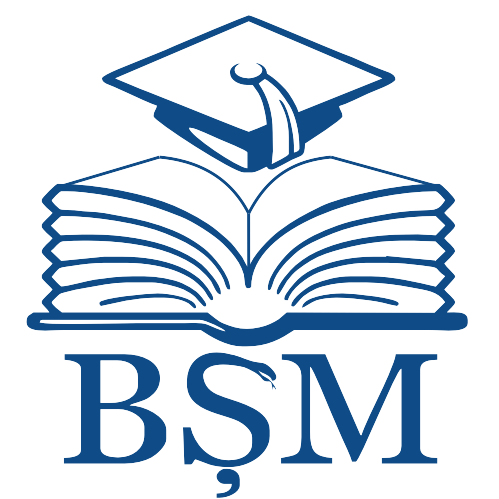- IRMS - Nicolae Testemitanu SUMPh
- 1. COLECȚIA INSTITUȚIONALĂ
- MedEspera: International Medical Congress for Students and Young Doctors
- MedEspera 2022
Please use this identifier to cite or link to this item:
http://hdl.handle.net/20.500.12710/20924
| Title: | Cardiac rehabilitation of patients following myocardial infarction |
| Authors: | Badan, Maxim |
| Issue Date: | 2022 |
| Publisher: | Nicolae Testemitanu State University of Medicine and Pharmacy of the Republic of Moldova, Association of Medical Students and Residents |
| Citation: | BADAN, Maxim. Cardiac rehabilitation of patients following myocardial infarction. In: MedEspera: the 9th International Medical Congress for Students and Young Doctors: abstract book. Chișinău: S. n., 2022, p.15. |
| Abstract: | Introduction. IM is responsible for almost 1.8 million deaths annually or 20% of all deaths in Europe and
15% of all deaths globally. The problem of increasing the effectiveness of treatment and rehabilitation of
patients with myocardial infarction is one of the central ones in modern cardiology and have great medical
and social importance, as it predominantly affects people fit for work, mostly men (aged 40 to 50 years,
and are about 5 times more affected than women).
Aim of study. Studying the influence of therapeutic exercise complexes used in patients rehabilitation with
myocardial infarction to assess the beneficial effects on health.
Methods and materials. A bibliographic study of scientific literature specialised at cardiac rehabilitation
following myocardial infarction.
Results. Literature data suggest the importance of medical rehabilitation treatment for post-infarction
patients in combination with pharmacological treatment. Each session should include 3 phases: a warm-up
period, the prescribed aerobic phase and a cool-down phase (relaxation). The program is individualised, so
it is necessary to select precisely the type, intensity, duration and frequency for maximum therapeutic effect.
Ordinary prescribed frequency of exercise sessions is 3 to 5 times per week. The recommended training
duration is 20 to 60 minutes. Criteria for dosing exercise are heart contraction frequency. The intensity
should increase gradually. Exercise intensity of 50 to 85% of VO2max seems necessary to improve
VO2max (maximal oxygen consumption during the gradual increase of physical exertion).
Conclusion. Exercise-based cardiac rehabilitation is a supplement to drug therapy and post-infarction
interventional surgery, because it improves cardio-pulmonary function, optimises drug therapy, decreases
cardiac risk factors, increases exercise tolerance, improves mental status, reduces the risk of heart attack
and mortality. |
| metadata.dc.relation.ispartof: | MedEspera: The 9th International Medical Congress for Students and Young Doctors, May 12-14, 2022, Chisinau, Republic of Moldova |
| URI: | https://medespera.asr.md/en/books
http://repository.usmf.md/handle/20.500.12710/20924 |
| Appears in Collections: | MedEspera 2022
|
Items in DSpace are protected by copyright, with all rights reserved, unless otherwise indicated.
|


